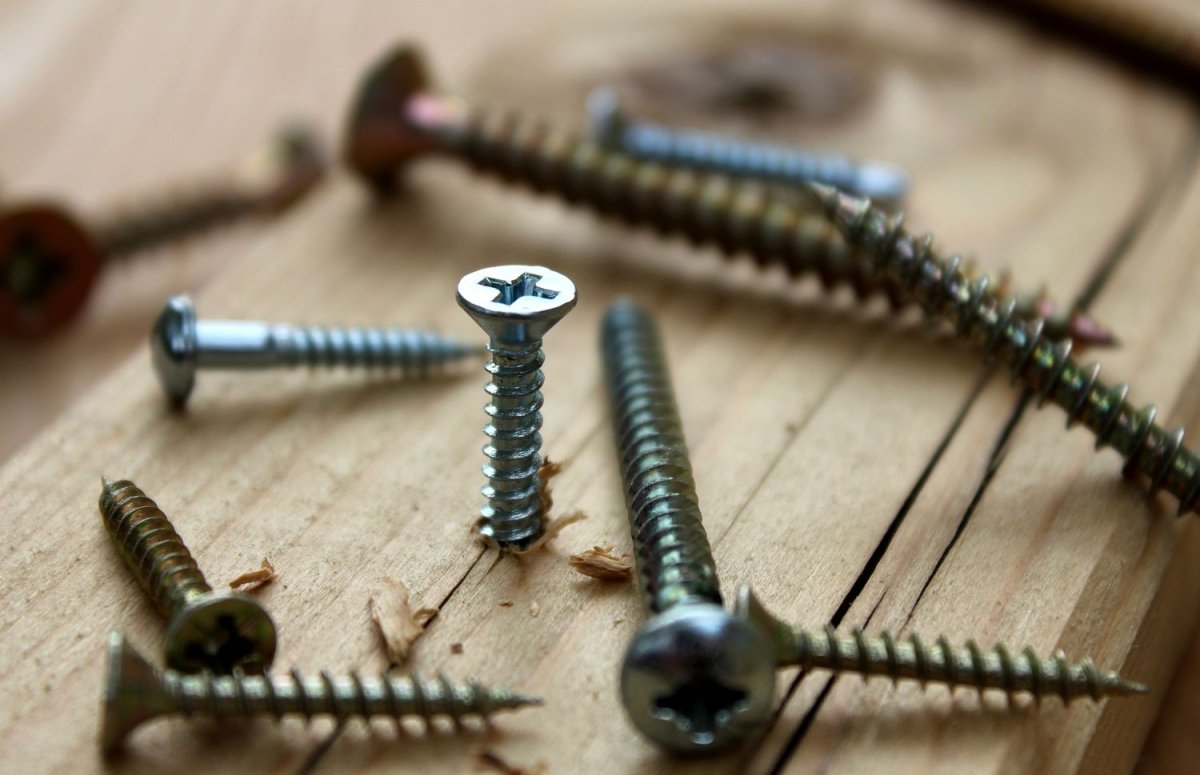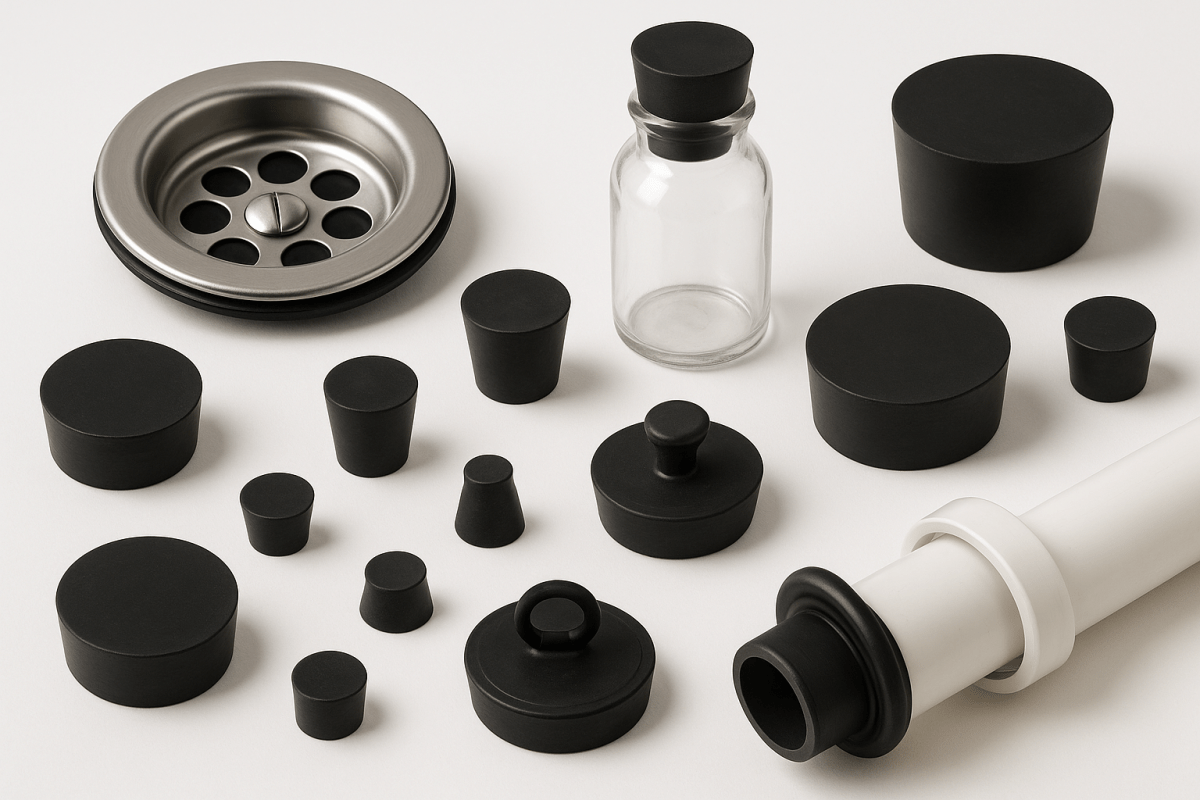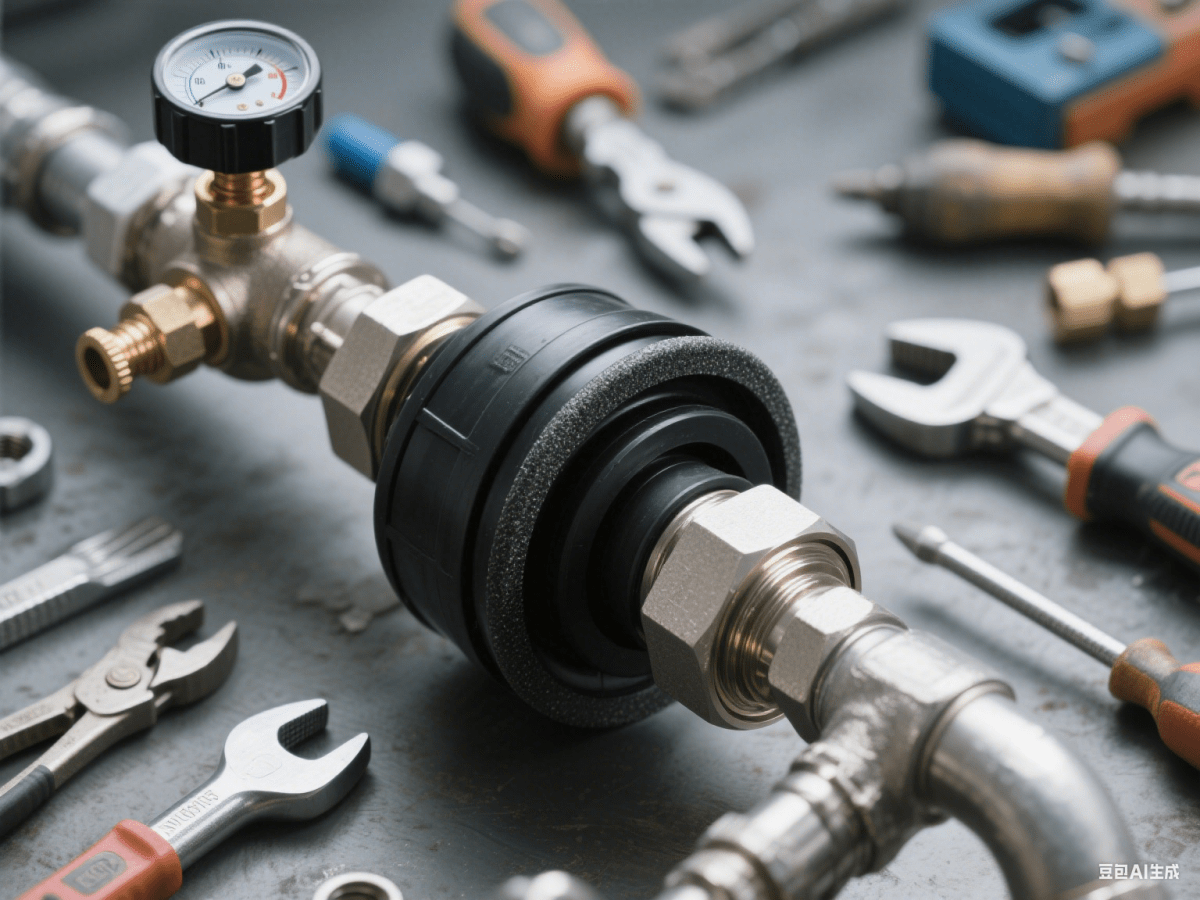Table of Contents
Screws Introduction
If you've ever worked on a DIY woodworking project, you've probably asked yourself: What's the difference between wood screws and regular screws? At first glance, they might look similar, but using the wrong type can lead to weak joints, splitting wood, or even project failure.
Wood screws are specifically designed for securing wood, offering superior grip and reduced risk of damage. Regular screws (like machine screws or sheet metal screws) are better suited for metal, plastic, or composite materials. Choosing the right fastener ensures durability and a professional finish.
In this guide, we'll break down the key differences, explore specialized screws like screw inserts for wood and wood-to-metal screws, and help you pick the best option for your next project.

What Are Wood Screws?
Wood screws are fasteners engineered for optimal performance in wood. Unlike regular screws, they have unique threading and design features that prevent splitting and maximize holding power.
Types of Wood Screws
-
Standard Wood Screws – Coarse threads for softwood and hardwood.
-
Deck Screws – Corrosion-resistant (often coated) for outdoor use.
-
Lag Screws – Heavy-duty, used for structural applications like beams and posts.
-
Pocket Hole Screws – Designed for angled joints in cabinetry.
Key Features of Wood Screws
✔ Coarse, Deep Threads – Bite into wood fibers for a strong hold.
✔ Sharp Point – Self-tapping, reducing the need for pre-drilling (though hardwoods may still require it).
✔ Unthreaded Shank – Prevents wood from splitting near the head.
✔ Various Head Styles – Flat, round, or bugle heads for different finishes.
Pro Tip: For hardwoods like oak or maple, pre-drilling a pilot hole prevents cracking and ensures a smooth drive.

What Are Regular Screws?
"Regular screws" is a broad term covering fasteners like machine screws, sheet metal screws, and self-tapping screws. These are designed for materials like metal, plastic, or drywall—not wood.
Common Types of Regular Screws
-
Machine Screws – Used with nuts or threaded holes in metal parts.
-
Sheet Metal Screws – Sharp threads for thin metal or plastic.
-
Drywall Screws – Fine threads for securing drywall to studs.
Key Features of Regular Screws
✔ Finer Threads – Better for metal but can strip wood fibers.
✔ Fully Threaded Shank – Provides grip in thin materials but weakens wood joints.
✔ Different Drive Types – Phillips, slotted, Torx, etc.
Warning: Using sheet metal screws in wood can cause splitting and poor holding strength.
Key Differences Between Wood Screws and Regular Screws
| Feature | Wood Screws | Regular Screws |
|---|---|---|
| Thread Design | Coarse, deep threads for wood grip | Fine threads for metal/plastic |
| Material | Often stainless steel or coated for outdoor use | Varies (steel, brass, etc.) |
| Shank | Partially threaded to prevent splitting | Fully threaded for uniform grip |
| Point | Sharp, self-tapping | May require pre-drilling in wood |
| Best For | Woodworking, fencing, decks | Metal, plastic, drywall |
Why It Matters: If you use a regular screw in wood, it may not hold securely and could damage the material. Conversely, wood screws in metal may not bite properly.
When to Use Wood Screws
Wood screws are ideal for:
✅ Furniture Assembly – Strong, non-splitting hold.
✅ Deck Building – Weather-resistant options available.
✅ Fence & Landscaping – Lag screws for heavy-duty posts.
✅ Cabinetry – Pocket hole screws for hidden joints.
Common Mistake: Skipping pilot holes in hardwood, leading to cracks.
When to Use Regular Screws
Regular screws work best for:
✅ Metal Fabrication – Machine screws with nuts.
✅ Drywall Installation – Fine-thread drywall screws.
✅ Plastic & Composite Materials – Self-tapping screws.
Limitation: They lack the grip needed for long-term wood applications.
Specialized Screws for Wood
Screw Inserts for Wood
These threaded metal inserts reinforce wood screw holes, allowing for repeated assembly/disassembly without stripping. Great for furniture that needs frequent adjustments.
Wood to Metal Screws
Hybrid screws with aggressive threads for wood and a self-tapping tip for metal. Perfect for attaching wood framing to steel beams.
Choosing the Right Screw for Your Project
Consider:
🔹 Material (Wood, metal, plastic?)
🔹 Environment (Indoor, outdoor, wet conditions?)
🔹 Load Requirements (Light-duty or structural?)
For most wood projects, torx-drive structural wood screws (like our 10x3-1/2" Exterior Wood Screws) offer superior strength and corrosion resistance.
Some of the Screw FAQs
Q: Can I use sheet metal screws in wood?
A: Not recommended—they lack the holding power and may split the wood.
Q: Do wood screws need washers?
A: Only if distributing load over a wider area (e.g., deck boards).
Q: What's the best screw for pressure-treated wood?
A: Hot-dipped galvanized or stainless steel screws resist corrosion.
Conclusion
Choosing between wood screws and regular screws comes down to material and application. Wood screws provide superior grip and durability for woodworking, while regular screws excel in metal and plastic.
For high-quality wood screws, screw inserts for wood, and wood to metal screws, check out our selection at HomeDIYer.com.
Got a project in mind? Let us help you pick the perfect fastener! 🛠️









